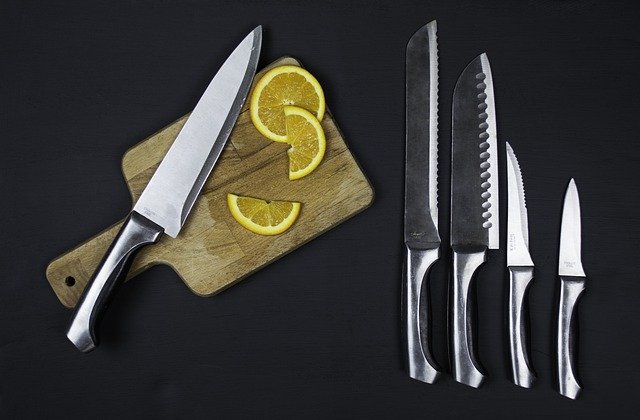Choosing utensils for different cooking techniques
Choosing the right utensils and cookware affects how food cooks and how easy cleanup and meal prep are. This article offers practical guidance on material choices, tools suited to specific techniques, and straightforward tips for storage, organization, maintenance, sustainability, and safety in the kitchen.

Choosing appropriate utensils and cookware for different cooking techniques improves results, reduces frustration, and extends the life of your kitchen tools. Consider the heat source, the food’s texture, and whether you need lightweight speed or heavy heat retention when selecting pans and utensils. Materials such as stainless steel, cast iron, and non-stick each have distinct strengths and care needs. Thoughtful tableware choices and efficient storage and organization streamline meal prep and cleanup. This guide explains when to use particular utensils, how materials interact with cooking methods and heat sources like induction, and how to maintain items safely and sustainably.
How to match cookware and utensils
Matching the right utensil to the cookware and the task helps prevent damage and improves technique. For sautéing or stir-frying, use a thin metal spatula with stainless steel pans where high heat and metal contact are acceptable. For non-stick pans, use silicone, wood, or nylon tools to protect the coating. Deep pots used for braising require long-handled spoons and heatproof ladles for safe stirring and serving. A compact set—tongs, a slotted spoon, a solid spoon, a turner, and a whisk—covers most needs without overcrowding drawers.
When to choose non-stick or stainless steel
Non-stick surfaces are convenient for low-fat cooking and delicate foods like eggs and pancakes, since they require less oil and simplify cleanup. However, non-stick coatings are sensitive to high heat and metal utensils. Stainless steel is preferred for searing, browning, and deglazing because it tolerates higher temperatures and helps form pan sauces. The trade-off is a steeper learning curve to prevent sticking. Select utensils that protect the surface: avoid metal on non-stick and opt for robust tools for stainless steel when managing heavier tasks.
Using cast iron on induction and high heat
Cast iron works well on induction and retains heat exceptionally, making it suitable for searing, frying, and slow-cooked dishes. Its mass provides stable temperatures but can be heavy to handle; use sturdy tongs and metal spatulas for turning and scraping. Seasoned cast iron develops a natural, durable surface but requires specific maintenance: avoid soaking, dry thoroughly, and apply a thin oil layer after cleaning. On induction cooktops, be mindful of the pan’s weight on glass surfaces and avoid sliding to prevent scratches.
Tableware choices for meal prep
Tableware selection influences how easily meals move from kitchen to table and into storage. Ovenproof stainless steel or tempered glass dishes double as prep and serving containers and are useful for batch cooking and reheating. Divided plates and portion-friendly containers support meal prep routines, while stackable sets conserve cabinet space. When choosing utensils for serving, pick heat-resistant handles and materials that won’t transfer flavors or stains. Match tableware to your reheating method—microwave-safe or oven-safe—so you can transfer food without extra dishes.
Storage and organization strategies
Effective storage and organization reduce prep time and protect cookware and utensils. Keep everyday tools within arm’s reach—in a counter crock or on a magnetic rail—and store specialty items in labeled drawers or higher cabinets. Nest pans to save space but place soft protectors or cloth between non-stick surfaces to prevent abrasion. Use dividers for utensils and stackable containers for meal prep ingredients. A simple layout that groups prep, cooking, and serving zones streamlines workflows and minimizes cross-contamination.
Maintenance, sustainability, and safety
Proper maintenance extends utensil life and supports sustainability. Hand-wash many non-stick items to preserve coatings, dry cast iron immediately to prevent rust, and clean stainless steel with appropriate detergents to avoid spotting. Replace utensils that show wear—such as flaking non-stick coatings or cracked handles—to maintain safety. Consider durable materials like stainless steel and well-made cast iron to reduce waste over time. Always use heat-resistant handles and keep flammable items away from open flames; store sharp knives securely and use appropriate cutting boards to keep tools and users safe.
Careful selection of cookware, utensils, and tableware according to technique and heat source makes cooking more efficient and reliable. When combined with smart storage, regular maintenance, and safety-conscious habits, these choices support sustainable use and smoother meal prep across a wide range of recipes and routines.





